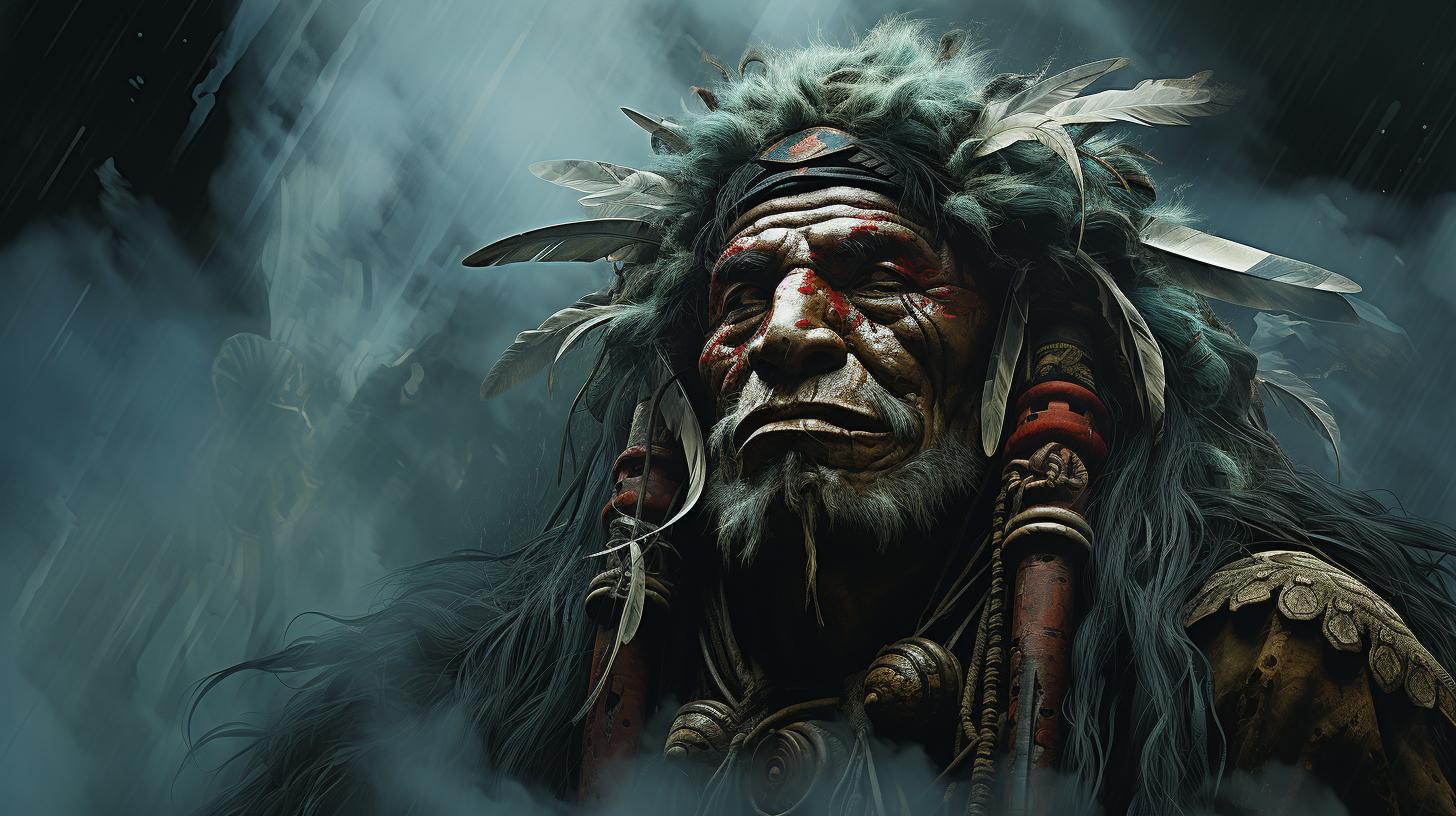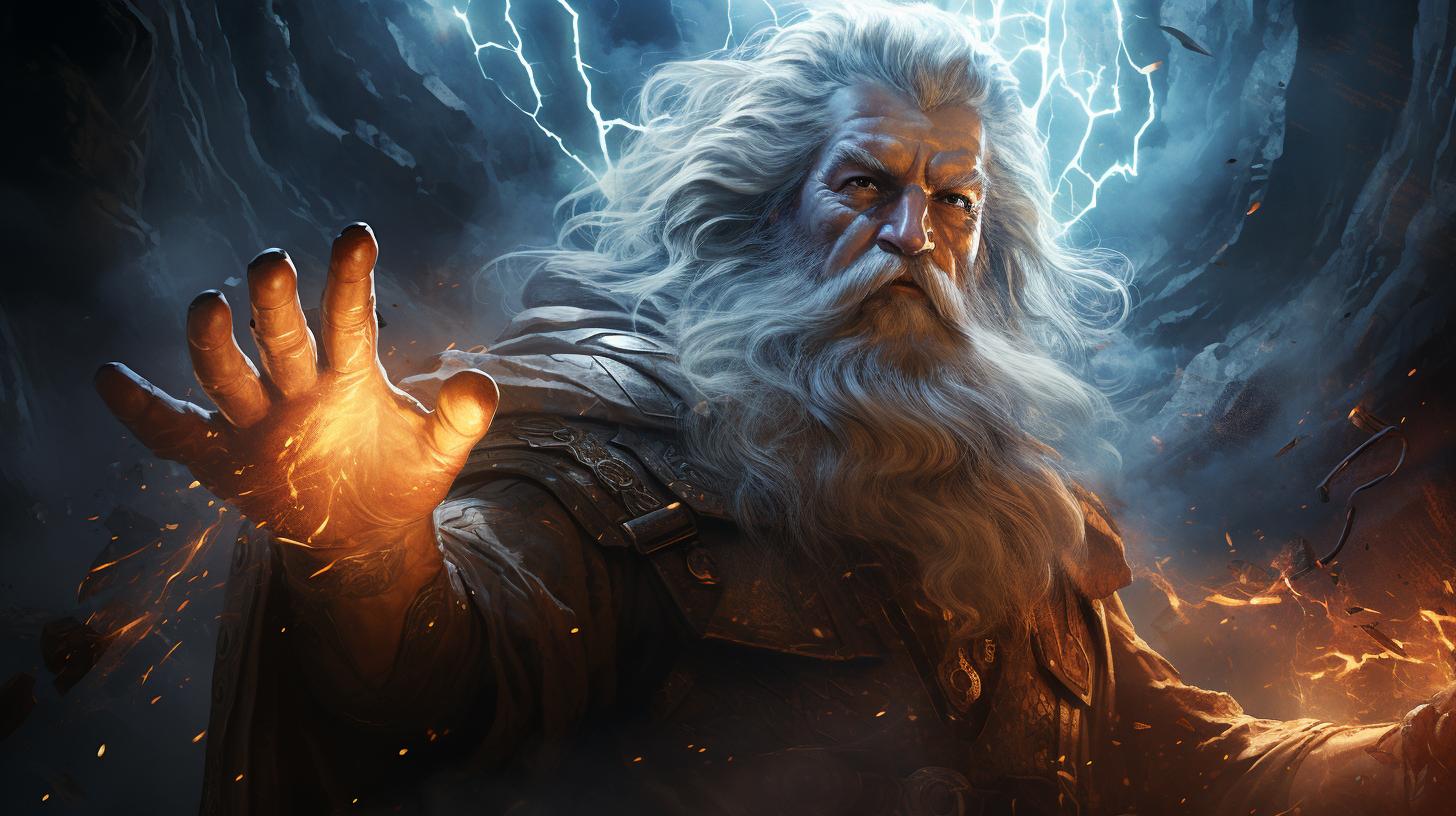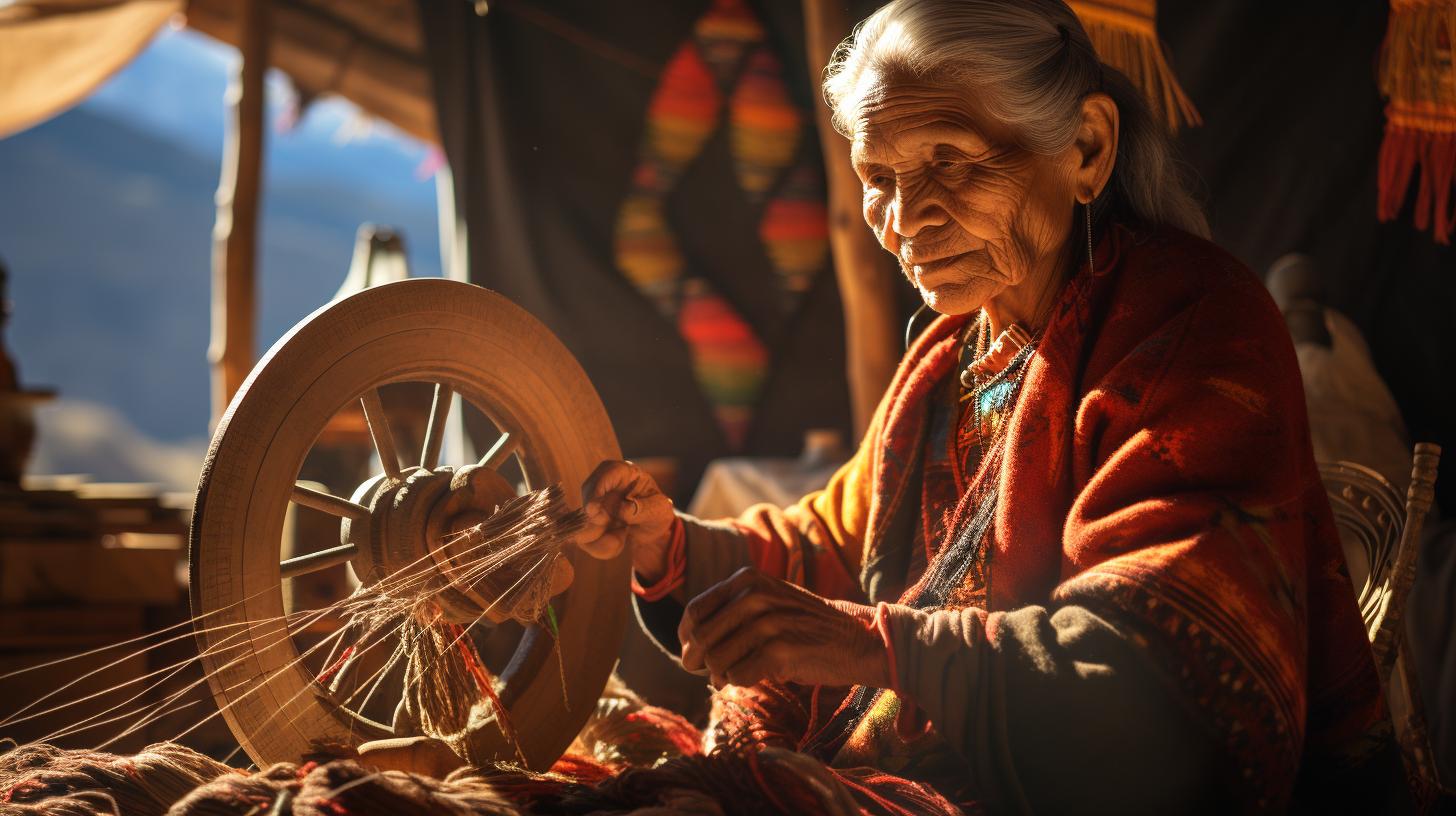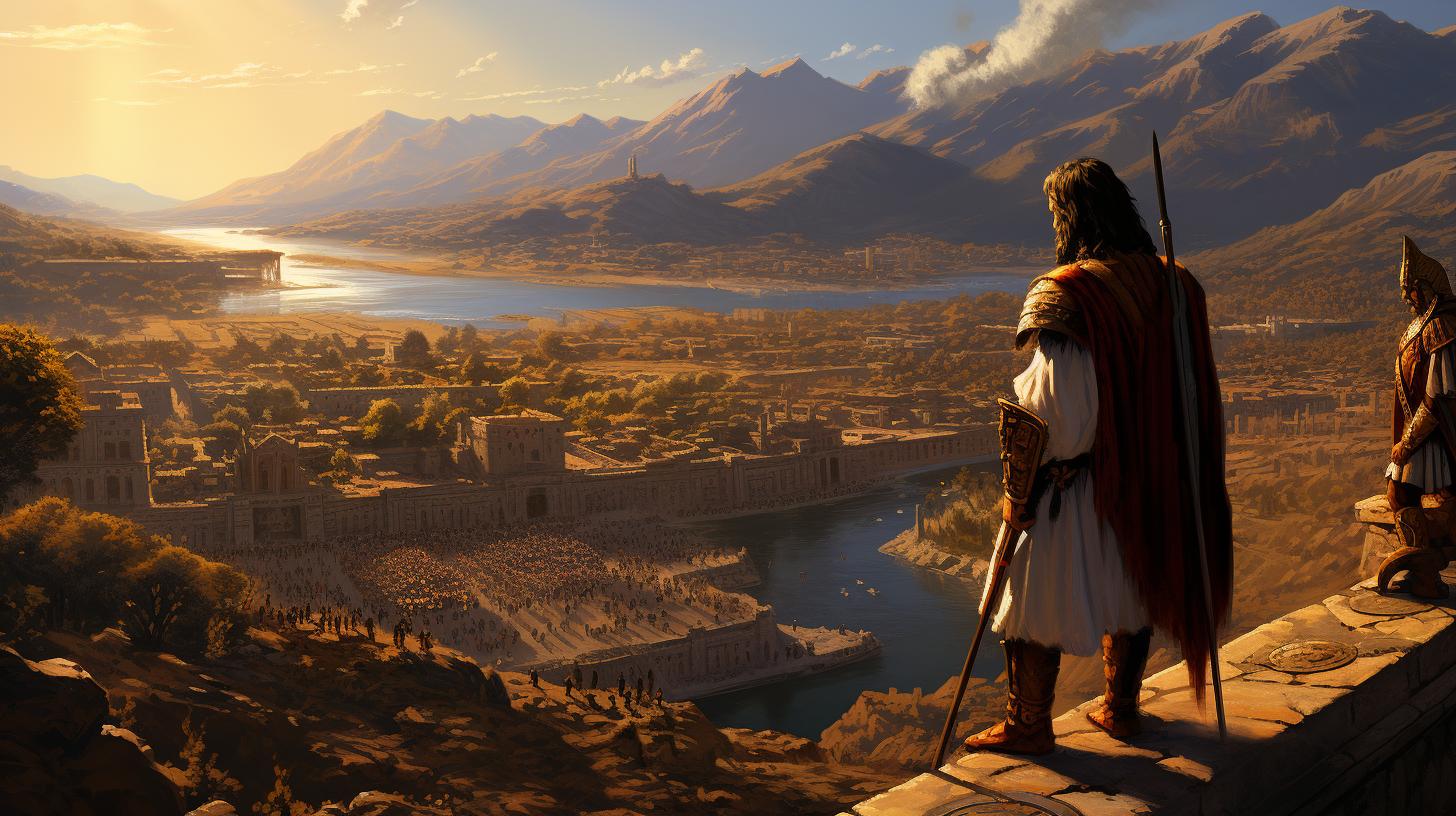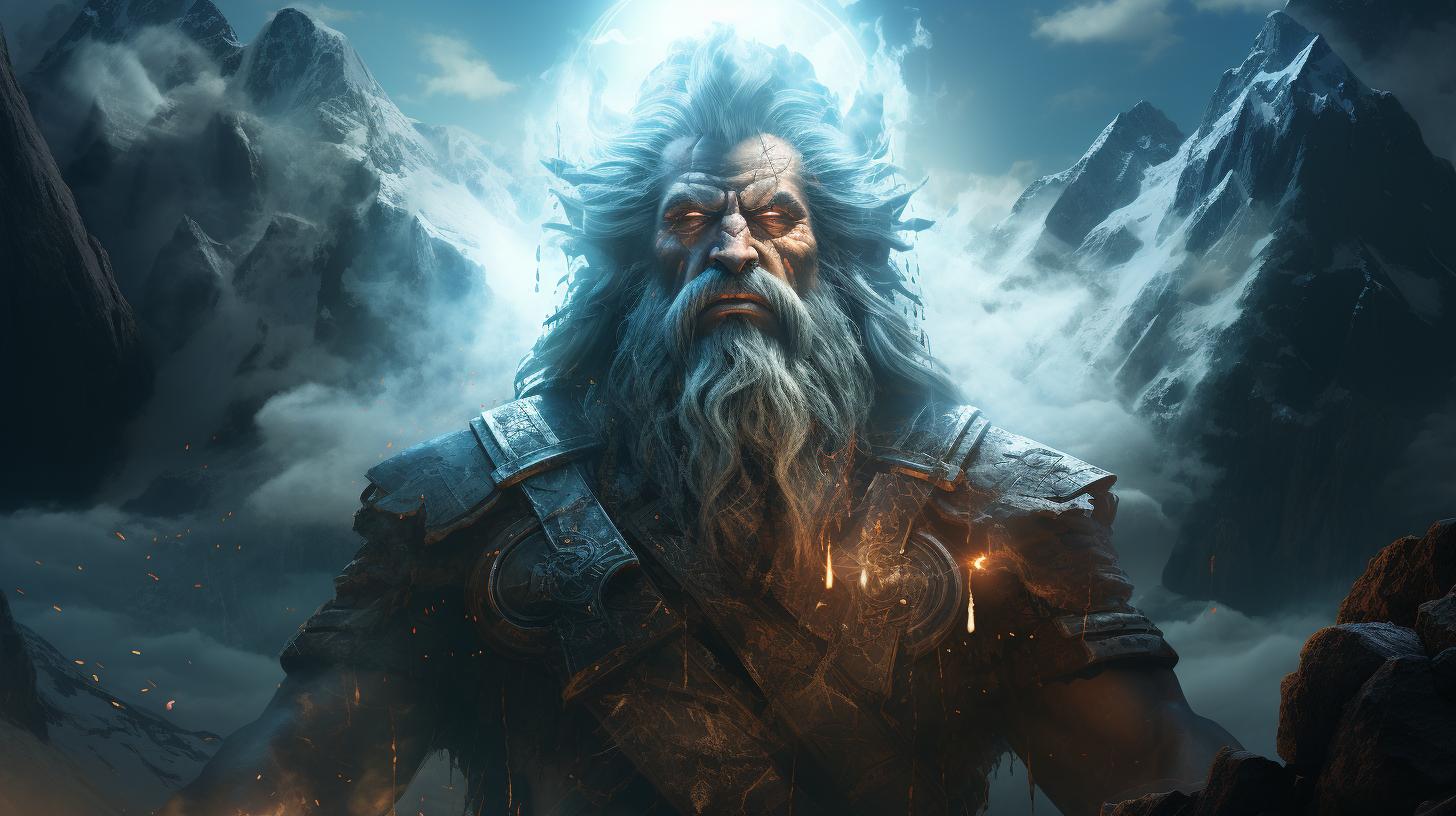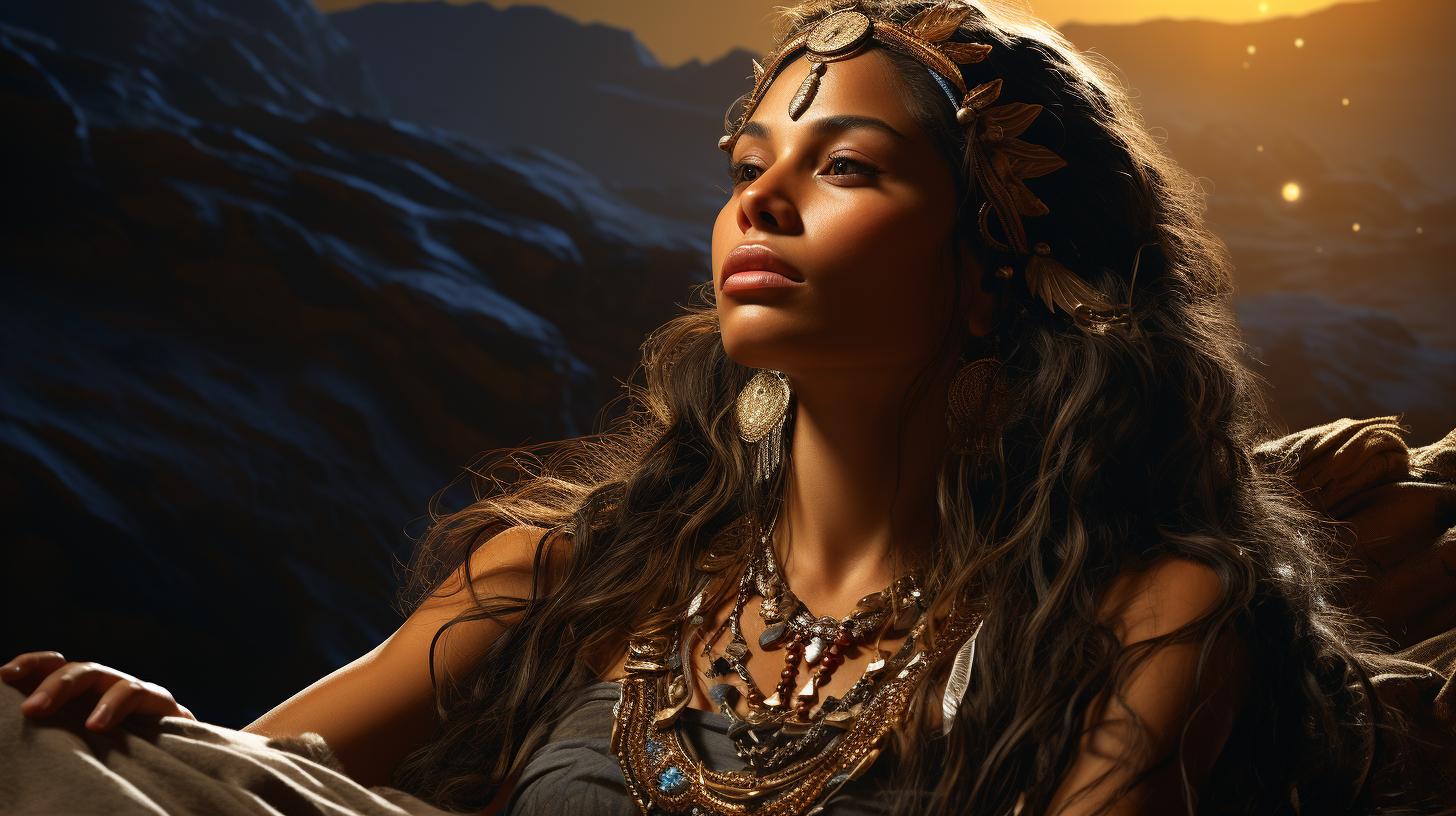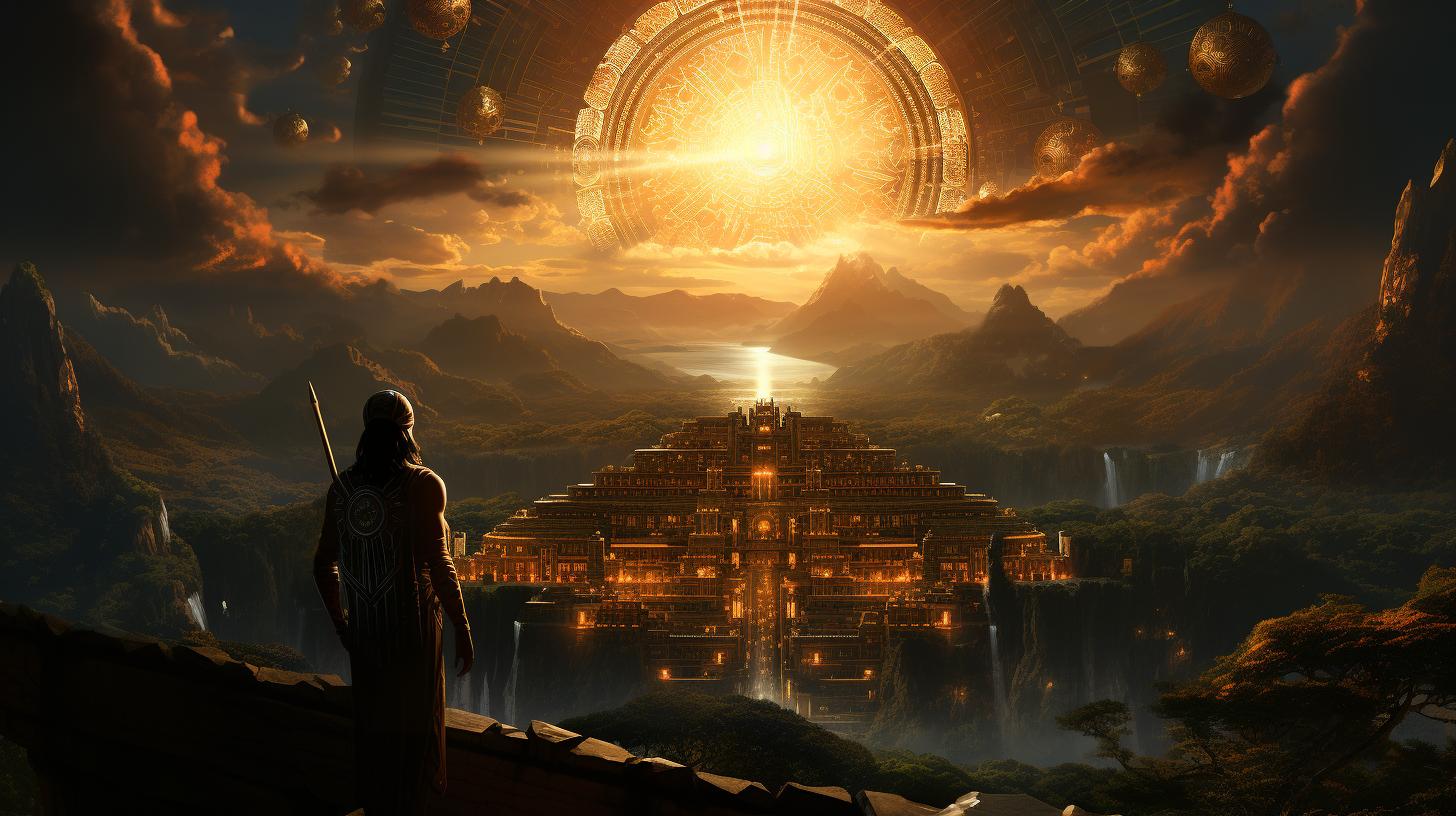Pukina: The Inca God of Fire and Spiritual Power
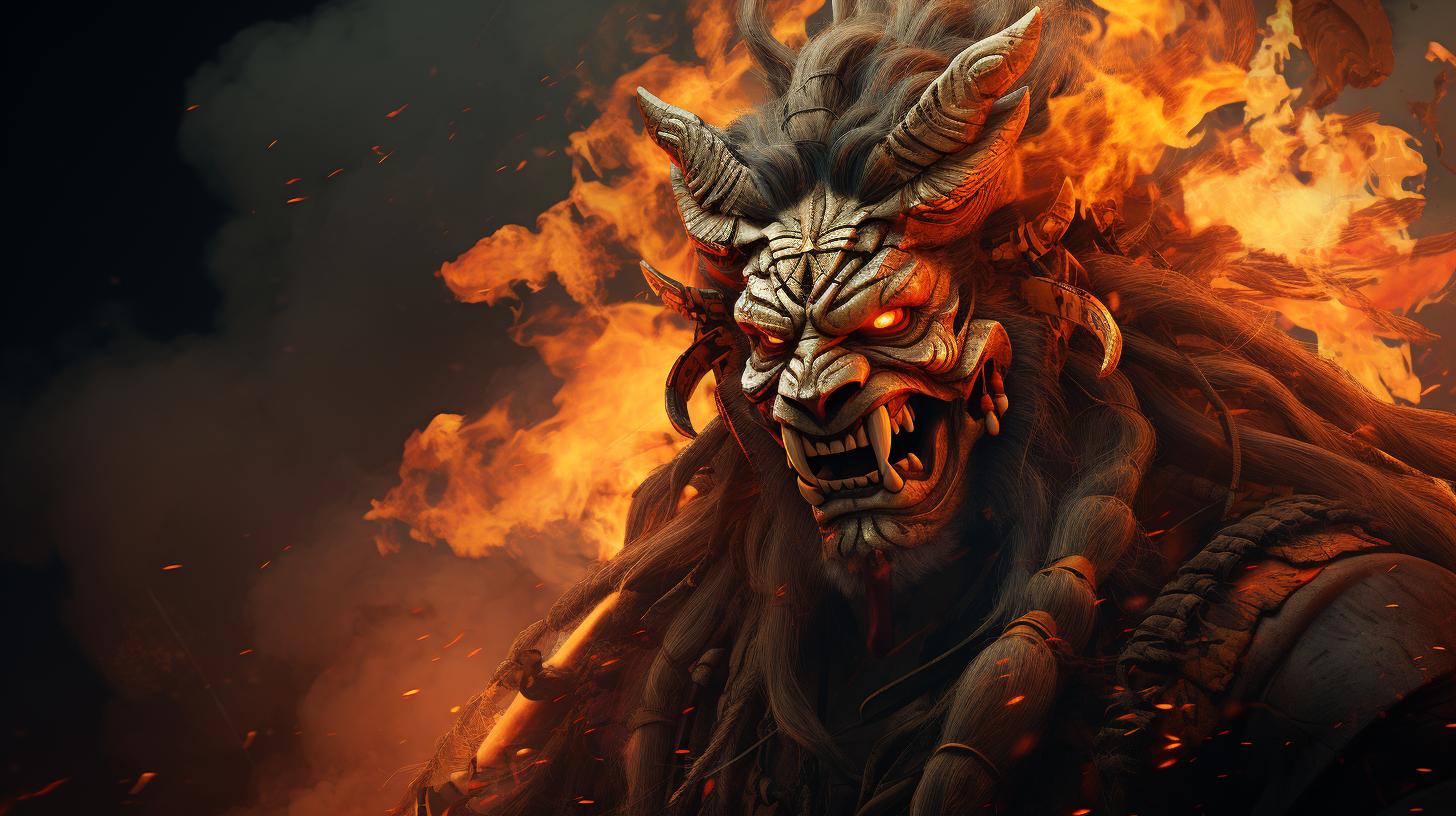
Pukina, the Inca god of fire, played a significant role in the ancient Inca society. As a powerful deity, Pukina symbolized fire’s spiritual power and held great importance in Inca mythology.
Pukina’s connection to Inti, the sun god, further emphasized his significance within the Inca religious beliefs. Festivals and ceremonies honoring Pukina provided opportunities for worship and offerings, including the renowned Inti Raymi celebration.
Additionally, Pukina’s integration with Pachacamac, a pre-Inca deity, highlighted the blending of different belief systems. Exploring Pukina’s legacy reveals his influence on various aspects of Inca art, architecture, and the widespread practice of Inca religion.
The Mythology and Beliefs of the Inca Empire
The Inca Empire had a rich mythology and a complex belief system that shaped their culture. Sun worship held immense significance in Inca society, reflecting the crucial role of the sun in their agricultural practices and the growth of crops.
The Inca people believed that the sun, known as Inti, was a powerful deity who brought light, warmth, and life to the world.
The Importance of Sun Worship in Inca Culture
Sun worship was integral to Inca culture, as the sun was seen as the ultimate source of life and sustenance.
The Inca Empire relied heavily on agriculture, and the success of their crops was directly linked to the sun’s blessings. The Inca people engaged in rituals and ceremonies to honor Inti, expressing their gratitude and seeking his continued favor for abundant harvests.
The Role of Gods and Deities in Inca Mythology
Inca mythology was populated with a pantheon of gods and deities who governed various aspects of life. These divine beings were believed to possess great powers and shape the course of human events.
The Inca gods were seen as intermediaries between the human realm and the spiritual world, serving as protectors, guides, and sources of divine wisdom.
Inti: The Supreme Deity of Inca Civilization
Inti, the sun god, held the highest position in Inca mythology.
Regarded as the supreme deity, Inti represented the power of the sun and was venerated for his life-giving energy. The Inca people believed they were descendants of Inti, further reinforcing their deep connection to him.
The Mythological Connection between Pukina and Inti
Pukina, the Inca god of fire, shared a close relationship with Inti. Fire, as a symbol of warmth, light, and transformation, was considered an extension of the sun’s power. Pukina’s role in Inca mythology was intertwined with that of Inti, representing the fiery essence that emanated from the sun and played a vital role in Inca rituals and ceremonies.
Through their beliefs and mythology, the Inca Empire sought to understand the forces of nature, find meaning in their existence, and establish a harmonious relationship between the human and spiritual realms.
The gods and deities, particularly the sun god Inti and the fire god Pukina, were central to their religious practices and cultural expressions.
Pukina: The Powerful Inca God of Fire
Pukina, a prominent deity in Inca mythology, holds significant spiritual power as the god of fire.
This section explores the origins and symbolism of Pukina, shedding light on the reverence accorded to this divine entity.
Origins and Symbolism of Pukina
Pukina’s origins trace back to the Inca civilization, where the god of fire held immense importance. Pukina’s symbolization of fire represents not only its elemental force but also embodies the transformative power associated with flames.
As a deity associated with fire, Pukina embodies energy, passion, and renewal – traits deeply revered by the Inca people.
Pukina’s Role in Inca Society and Religion
Within Inca society, Pukina played a multifaceted role. As the god of fire, Pukina was intertwined with various aspects of daily life, spirituality, and cultural practices. Worshipped as a powerful deity, Pukina held a pivotal place in ceremonies, rituals, and offerings.
- Pukina’s transformative energy was seen as essential in agricultural practices. The Inca people believed that fire, under Pukina’s divine influence, played a crucial role in the growth of crops, ensuring abundance and sustenance.
- Furthermore, Pukina’s association with fire extended to craftmanship and metallurgy.
The Inca artisans harnessed fire’s transformative power to shape metals and create magnificent artworks.
- Pukina’s influence in society also extended to spiritual guidance. It was believed that connecting with Pukina could provide individuals with protection, spiritual awakening, and guidance in their journey of self-discovery.
Overall, Pukina’s role as the Inca god of fire was deeply ingrained in the fabric of Inca society, permeating their beliefs, customs, and daily practices.
Revered for its symbolization of fire’s transformative energy, Pukina occupied a central place in Inca religious and cultural traditions.
The Relationship between Pukina and Inti, the Sun God
Inti, the supreme deity of Inca civilization, held immense significance in the Inca Empire. As the god of the sun, Inti was revered for his role in bringing light, warmth, and life to the world.
In Inca mythology, Inti was believed to be the divine offspring of Viracocha, the creator god. His radiant presence represented power, abundance, and renewal, making him a central figure in Inca cosmology.
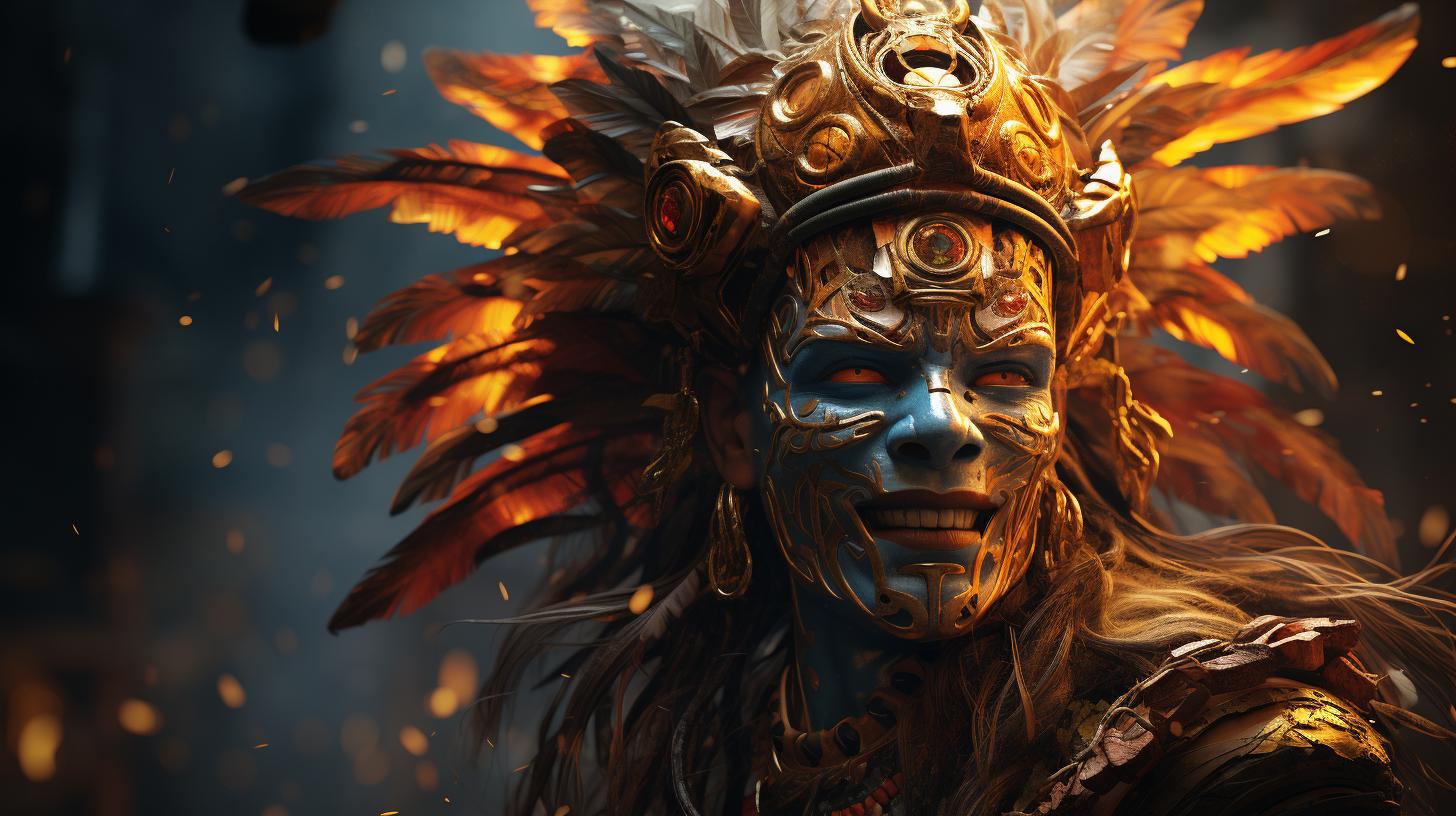
Inti: The Supreme Deity of Inca Civilization
Inti occupied the highest position within the
The Incas believed that cultivating a strong connection with Inti would ensure bountiful harvests and protect them from adversity.
Worship of Inti was widespread throughout the empire, and his influence extended beyond religion into politics and society. Temples dedicated to Inti, known as “Temples of the Sun,” were constructed in various conquered provinces.
These magnificent structures served as centers for religious rituals, where the Incas expressed their devotion to Inti through offerings, ceremonies, and sacrifices.
The Mythological Connection between Pukina and Inti
Pukina, the god of fire, shared a strong mythological connection with Inti. In Inca belief, fire was considered a manifestation of the sun’s power on earth, making Pukina an integral part of the Sun God’s domain.
Pukina represented the transformative and purifying qualities of fire, symbolizing life, warmth, and energy. The association between Pukina and Inti was further reinforced by the belief that Pukina was one of Inti’s celestial manifestations, embodying the solar deity’s fiery essence.
The Inca people revered Pukina as a vital deity for their agricultural endeavors, as fire played a fundamental role in cultivating crops and ensuring fertility. Moreover, Pukina’s connection with Inti strengthened the belief in the harmonious union between fire and the sun, as both elements were essential for sustaining life and promoting growth.
Through their close link, Pukina and Inti exemplified the interdependence of cosmic forces in Inca spirituality. Their symbiotic relationship showcased the inseparable bond between fire, sun, and the prosperity of the Inca Empire.
Pukina’s influence on Inca religious practices and his connection to the supreme deity, Inti, remains a testament to the complexity and depth of Inca mythology and beliefs.
Understanding this relationship sheds light on the integral role played by both Pukina and Inti in shaping Incan culture, spirituality, and the enduring legacy of the Inca Empire.
Festivals and Ceremonies Honoring Pukina
Discover the vibrant celebrations and sacred rituals dedicated to honoring Pukina, the powerful Inca god of fire.
These festivals and ceremonies were deeply rooted in Inca culture and played a significant role in the religious practices of the empire.
Inti Raymi: The Grand Celebration of the Sun
One of the most prominent festivals in Inca society was Inti Raymi, a grand celebration that marked the beginning of the sun’s journey back to the southern hemisphere.
Taking place annually on June 24th, this event brought together people from all corners of the Inca Empire to pay homage to the sun god, Inti, and his messenger Pukina.
During Inti Raymi, elaborate rituals and processions were held in Cusco, the capital of the Inca Empire. The highlight of the festival was the reenactment of the mythical origins of the Inca civilization, showcasing the transformation of Manco Cápac into the first Inca ruler.
This theatrical performance symbolized the close connection between Pukina and Inti, as Pukina was believed to have imparted the knowledge of civilization to Manco Cápac under the guidance of the sun god.
As part of the celebration, participants adorned themselves in traditional attire and offered sacrifices to honor Pukina and seek his blessings for a prosperous harvest. The atmosphere was filled with music, dance, and feasting as the Inca people expressed their gratitude and reverence towards the deity of fire.
Rituals and Offerings in Pukina’s Worship
In addition to the grand festivities of Inti Raymi, various rituals and offerings were conducted throughout the year to pay homage to Pukina as the god of fire. These ceremonies took place in temples dedicated to Pukina, often located in the heart of conquered provinces.
During these rituals, sacred fires were lit, symbolizing Pukina’s eternal presence and the life-giving energy of the sun. People made offerings of food, flowers, and other precious objects to express their gratitude and seek Pukina’s protection for their communities.
The smoke from the fires was believed to carry these offerings to the divine realm.
Furthermore, priests and priestesses performed sacred dances and chants, invoking Pukina’s power and blessings. These rituals served as a medium to establish a spiritual connection between the Inca people and their revered god of fire, fostering a sense of unity and devotion within the community.
The festivals and ceremonies honoring Pukina not only celebrated the deity himself but also reinforced the Inca’s deep reverence for the natural elements, particularly fire, which played a crucial role in agriculture, cooking, and other vital aspects of daily life.
Through these rituals, the Inca people sought harmony with the divine forces, ensuring the favor of Pukina and the prosperity of their civilization.
Pachacamac: The Pre-Inca Deity Linked to Pukina
Pachacamac, a revered deity in the pre-Inca civilizations of the region, held significant importance in Andean religions.
This divine figure was associated with creation and was believed to have the power to shape the world and everything in it. Pachacamac’s transcendence and influence extended beyond the arrival of the Inca Empire, as the Incas acknowledged his importance and incorporated him into their own pantheon of gods.
Pachacamac’s Importance in Andean Religions
In the diverse traditions of the Andean peoples, Pachacamac was attributed with immense power and wisdom. As the deity governing the natural forces that shaped their existence, he was worshipped as the creator and sustainer of life.
Communities sought Pachacamac’s blessings in their agricultural endeavors, as his favor was believed to bring prosperity and abundant harvests. Pachacamac’s presence was particularly significant in the coastal regions of present-day Peru.
Pukina and Pachacamac: The Integration of Beliefs
The Inca Empire, known for its cultural assimilation, embraced Pachacamac’s sanctity and integrated it with their own religious practices. As the Inca civilization expanded, so did their recognition of Pachacamac, acknowledging his authority and incorporating him into their pantheon.
This integration allowed for a harmonious coexistence of beliefs, as the Inca people honored Pachacamac alongside their own gods, including Pukina, the god of fire.
The blending of these deities symbolized the Inca Empire’s acceptance of diverse belief systems and their ability to accommodate different spiritual traditions within their own religious framework.
This integration provided a sense of unity and respect for the diverse cultural heritage within the empire.
Pukina and Pachacamac’s shared recognition demonstrated the Inca Empire’s acknowledgement of the ancient spiritual practices that predated their rule.
The reverence for Pachacamac and the integration of his beliefs revealed the Inca’s ability to absorb and adapt from previous civilizations, strengthening their religious and cultural foundation.
Exploring Pukina’s Legacy and Influence
Pukina’s Impact on Inca Art and Architecture
Pukina, the powerful Inca god of fire, left a significant mark on the artistic and architectural expressions of the Inca civilization.
Inca art often incorporated representations of Pukina, reflecting the importance of fire and its association with spiritual power. Images and sculptures of Pukina adorned temples, palaces, and sacred sites throughout the empire.
The Inca people skillfully portrayed Pukina through intricate designs and craftsmanship, showcasing his fiery nature and divine essence. The use of vibrant colors and intricate patterns in textiles, pottery, and metalwork exemplified the reverence the Inca had for Pukina.
The golden disc with rays, representing the face of Pukina, became an iconic symbol in Inca art, serving as a visual reminder of the god’s influence.
Architecturally, Pukina’s presence could be seen in the design and layout of Inca temples and sacred structures.
The temples dedicated to Pukina incorporated elements that honored fire, such as hearths and fire pits. These architectural features were not only functional but also served as a testament to the importance of Pukina and his role in Inca religious ceremonies.
The Spread of Inca Religion and its Aftermath
The worship of Pukina, along with the broader Inca religion, spread across the vast expanse of the Inca Empire. As the empire expanded, the Inca assimilated local religious practices, incorporating them into their own belief system.
Pukina’s cult gained prominence in various regions and became an integral part of the religious fabric of the empire.
The spread of Inca religion had profound consequences on the conquered populations.
The assimilation of Pukina and other Inca deities often led to the suppression or subjugation of local beliefs. This cultural assimilation and religious homogenization had a lasting impact, shaping the social and religious dynamics within the Inca Empire.
However, with the arrival of Spanish conquistadors in the 16th century, the Inca religion faced a swift decline. The Spanish colonizers viewed the native religions as pagan and sought to impose Christianity as the dominant faith.
Consequently, the worship of Pukina and other Inca deities was suppressed, and many sacred sites and artworks associated with the Inca religion were destroyed.
Despite the decline and almost complete eradication of the Inca religion, the legacy of Pukina and the Inca gods continues to endure.
Today, efforts are being made to revive and preserve the knowledge and practices related to Pukina and Inca spirituality, ensuring that their rich cultural heritage remains an integral part of the Peruvian identity.
Now, exploring the legacy and influence of Pukina allows us to gain a deeper understanding of the complex belief system and cultural traditions of the Inca civilization. Through examining Pukina’s impact on art and architecture and the spread of Inca religion, we can appreciate the enduring significance of Pukina in shaping the Inca worldview and leaving a lasting mark on Peruvian history and culture.
.











